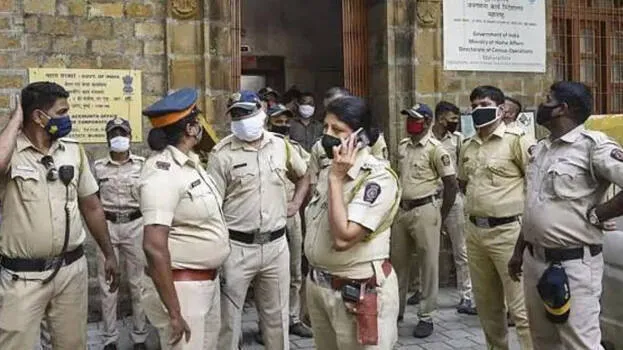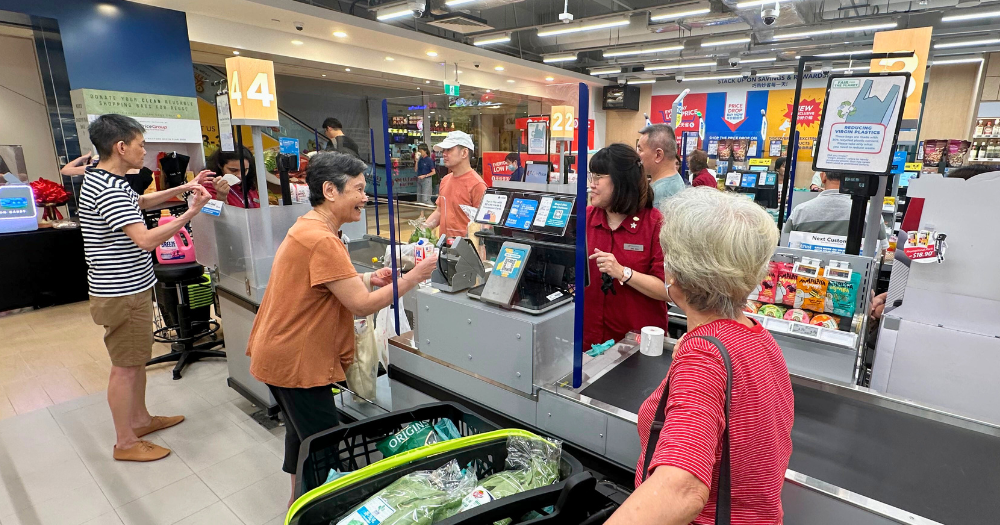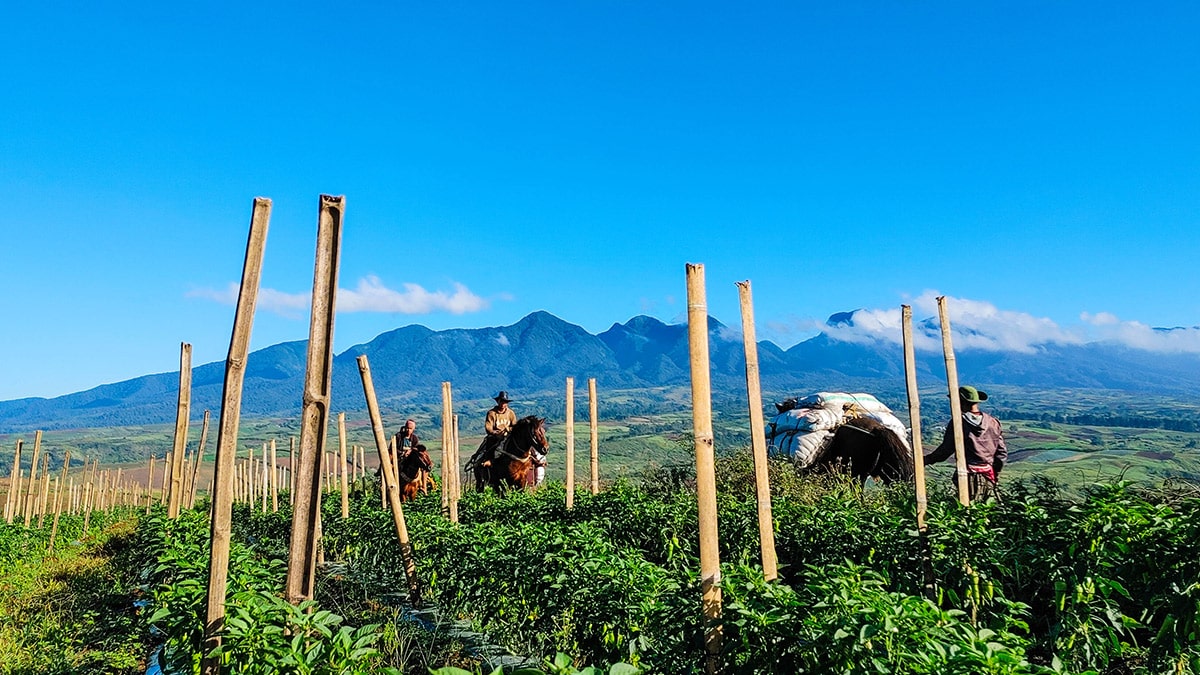
STEPPING into a new environment as a local journalist was both an exciting challenge and an invaluable learning curve. My experience working with the Colac Herald, an Australian regional newspaper located in Victoria, Western Australia, introduced me to fresh perspectives in reporting, interviews and storytelling – a significant chapter in my career in the media industry. As a journalist from Solomon Islands, I have always been accustomed to the dynamic rhythm of chasing stories and crafting narratives in a context deeply rooted in local cultures and issues.
However, working in a completely different environment brought with it an entirely new dimension to the craft of journalism for me. This year the Pacific Media Assistance Scheme (PACMAS), a long-term media development programme funded by Australia sent six journalists from Fiji, Vanuatu, Samoa and Solomon Islands to Australia for a two-week attachment with regional newspapers and I represented Solomon Star. The two weeks placement was exciting, enjoyable and a whole new experience for me.
One of the first things I noticed was the contrast in newsroom operations. The Colac Herald operates within a structured and fast-paced framework that reflects the demands of a regional Australian audience. However, for this regional newspaper, they only publish on Mondays, Wednesdays and Fridays.
With a local population over 12,000 in a multi diverse race and people. Colac’s population are mostly elderly people and working class, business people and normal citizens. Their news context is more focused and centralized within the Colac District community itself, rather than highlighting national issues.
It is all about what is happening in and around the community itself, compared to newspapers in Solomon Islands where general news is mainly focussed on politics, ground breaking ceremonies, economy and breaking news, just to name a few. In Colac, small community stories matter to them the most with more photos to display in the paper. Reflecting on the newsroom and the editorial team, the kind of local community stories that were seen as not really important will be placed inside pages.
Deadlines were flexible and expectations were high. But this only reinforced the value of time management, precision and collaboration in producing impactful journalism. Conducting interviews in a new environment was particularly fascinating.
I found myself navigating cultural nuances and learning how to approach stories that were at times unfamiliar to me. Understanding the local issues in Colac from community events to social concerns required immersing myself into this new environment. This challenged my ability to connect with people and draw out their stories, even in moments where cultural or linguistic differences could have been a barrier.
The diversity of stories at the Colac Herald was another standout aspect of this experience. Reporting ranged from covering civic developments to human interests, rural farming stories and producing news items from press releases and news fillers. This expanded my storytelling collection and encouraged me to explore topics that I might not have encountered back home.
For instance, one of the stories I worked on involved the Salvation Army urging community members to donate tents, sleeping bags, mattresses etc. It was an initiative that transformed the local community and united community members to help the homelessness people residing in and around the Colac District. One of the programmes that was set for that day was to donate all the sleeping bags and teach community members how to fix broken tents or set up a tent in preparation for distribution by other staff to the people experiencing social problems and do not have a place to go or face homelessness.
Covering this story highlighted the universal nature of journalism, capturing the voices of people working toward positive change, regardless of where in the world they are. Working with the Colac Herald also taught me the importance of adaptability in journalism. The ability to step into new environments, understand different audiences and produce high-quality work under varying conditions and this something that every journalist should strive to develop.
Moreover, the experience reaffirmed my passion for storytelling as a tool for connection and empowerment. Whether reporting from Gizo or Colac, the heart of journalism remains the same and that is to inform, inspire and give a voice to the voiceless. The PACMAS project providing these job attachments to Pacific journalists comes under an ABC International Development and this programme which begins this year with six journalists, including myself, will be an annual one.
As I’m settling back in my newsroom in Gizo, Western Province, I have learnt so much from my two weeks attachment with Colac Herald. It was an ‘eye opening’ experience as it allowed me to learn from experienced media colleagues in Australia. The stint allowed me to learn and compare how our local newspapers and a regional Australia newspaper operate.
And for that, all I can say is that I’m thankful for the opportunity and was honoured to be part of the first cohorts to venture out into this new arrangement..














